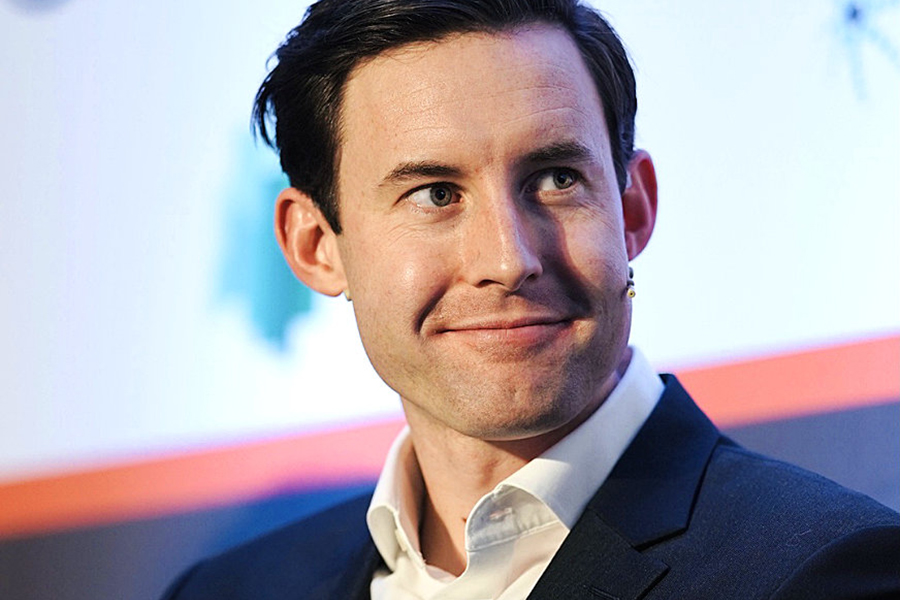
Tailoring workflows within a distributed environment will allow traders to simultaneously optimise electronic execution and relationship-based trading.
FILS Daily: What effect have the increasingly volatile markets had on your users?
David Nicol: As ever, the market is looking to create positive returns and beat averages, increasing demands on the sell side, which continues to support client needs despite reduced balance sheets and tight team resources on the desk.
In addition, the widening spreads and lack of liquidity in the Treasury market is hurting liquidity providers’ ability to hedge and meet client requests.
A blunt approach to trading doesn’t work anymore – traders, portfolio managers, and salespeople require new tools to operate in the market with nuance and flexibility. The corporate bond market is on the cusp of change and improvement, and it needs a different set of capabilities to progress it as we face that future – a different and better way that data is used, and relationships will be increasingly managed on platforms, which need to be flexible, especially in volatile markets.
If traders need deeper dealer relationships and wider e-trading capabilities how are you supporting that?
On the sell side, we’re giving flexible workflows, ownership of data, and scalable direct connectivity with the buy-side. On the buy side, we providea clear picture of liquidity, and an ability to execute trades with minimal market impact.
Infrastructure must allow you to connect directly to any other counterparty with conditional orders and flexible workflows. It must help sell-side firms to find the very best counterparties, take advantage of market conditions and serve client needs with controlled cost, especially for direct connections.
Giving users flexible workflows and a clear picture of liquidity in the bond market has worked out well for us.
What has been the value of the pilot phase you have run?
Our users have been engaged in the formation of our product from the outset, and we are carrying that consultative that approach into the pilot launch as we educate the market with a new way of trading, familiarize users with it, and build a liquidity base. As we continue to onboard new client’s week by week our focus is gathering feedback and improving the product so that we can deliver genuine business benefits to our customers.
We thoroughly test all of our workflows with all the different integration combinations between manual uploads on API integrations, FIX connections, streaming, trading at close, and resting orders – something we have been doing throughout the summer.
To what extent do clients need a customised execution ecosystem and how is your engagement programme reflecting that?
Market participants are finding new ways to trade more effectively all the time. More firms are looking for their edge, doubling down and focusing where they think they have an advantage or can uniquely serve customers.
We hear a pain point from customers today that as trading patterns change, the pace of innovation from platform operators does not keep pace. We believe that the future of trading systems will require built-in flexibility and user control of information and workflow.
How is the technology you’re using enabling this in a way that otherwise would be challenging or impossible?
The key to our technology is its distributed nature. We allow and support users on nodes in a system which create a distributed set of data points. That distributes control to each user. They can control exactly which data is going into the system, how that is revealed to others in the system, and how that data and those orders interact with other users and liquidity. That’s possible in this peer-to-peer, node-to-node architecture.
Architecture is also very important. Users never know that it’s distributed ledger technology (DLT) in the background making this experience possible. We just want to ensure users create less market impact with their orders, and give them, more flexibility with their workflow, and ultimately better execution.
How do you balance representation in the system design from market participants?
It’s important to build for and support sell side needs in the market as they are the liquidity providers for most trades. In credit, where conviction around the clearing price and mid-price is tough to find, having and supporting more price makers is super important.
We also have to make it easy for everyone to use, which means adapting to their workflows. Making sure they find this an easy and a delightful experience is very important. From a principles point of view, we have to think about both sides of the market. It’s fanciful to think that you don’t need one part of that equation.
How can on-screen prices be brought closer to actual traded prices?
Users on all sides of the market are not well incentivized to share practices with the market, today. However, it’s difficult to get to a clear midpoint price without seeing data from all sides of the market. When all of the data goes into a central platform operator, there’s no incentive for users to share more of that information. Giving users more control over whether information is visible and control over who gets to see it will encourage users to share more pricing information. At the same users are getting more comfortable with the idea of trading at mid. We are being asked by quite a few market participants to more actively help assign a midpoint. We’re not looking to influence the market with any kind of data product or composite price, but we are being asked for it from customers.
What are the performance enhancements users can expect?
In addition to lowering the total cost of trading through better execution, our fees are much lower than the incumbents so between the cost of execution and the availability of liquidity, there’s a much better overall outcome for users. There will be a significant cost reduction for most firms in the market.
©Markets Media Europe 2025












